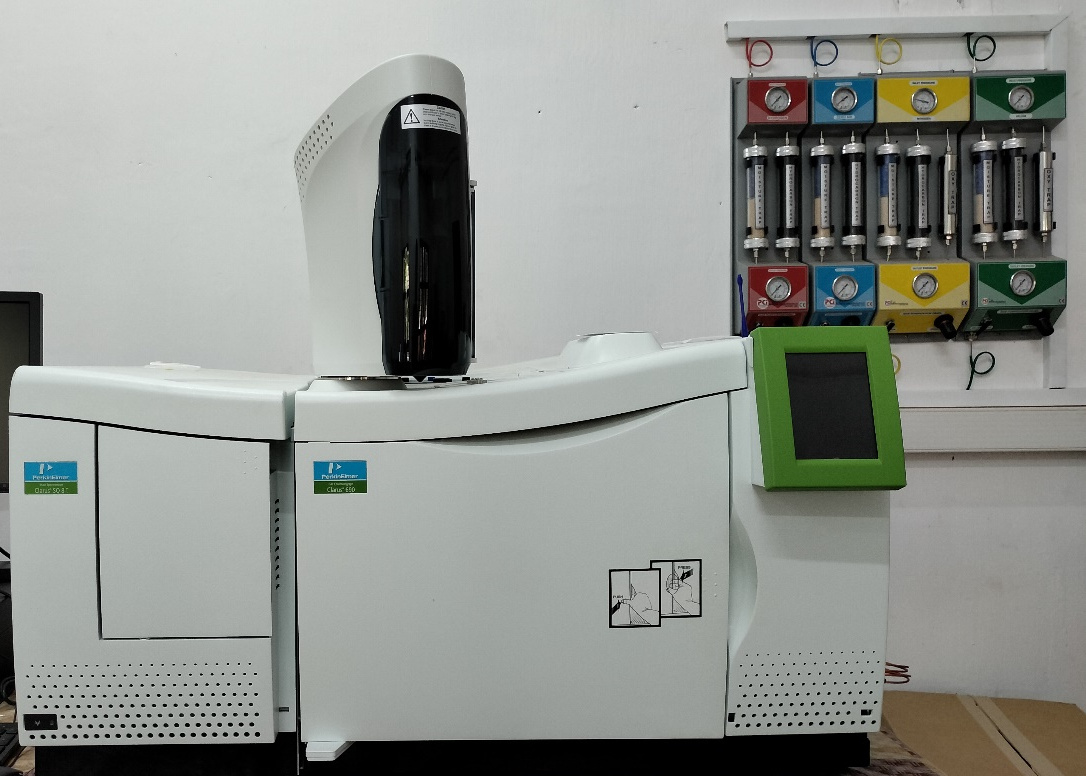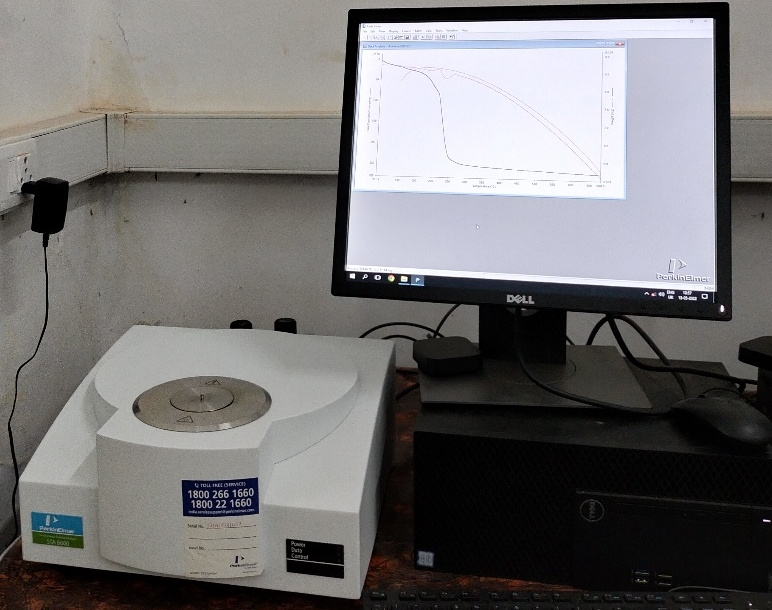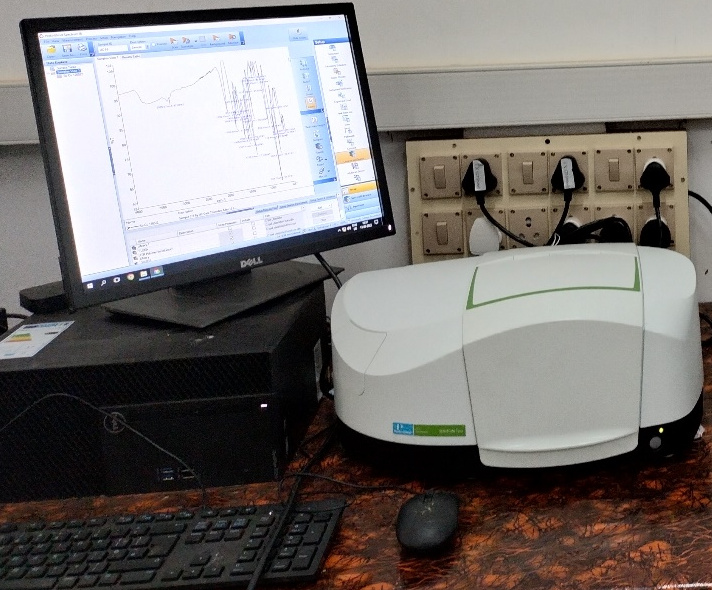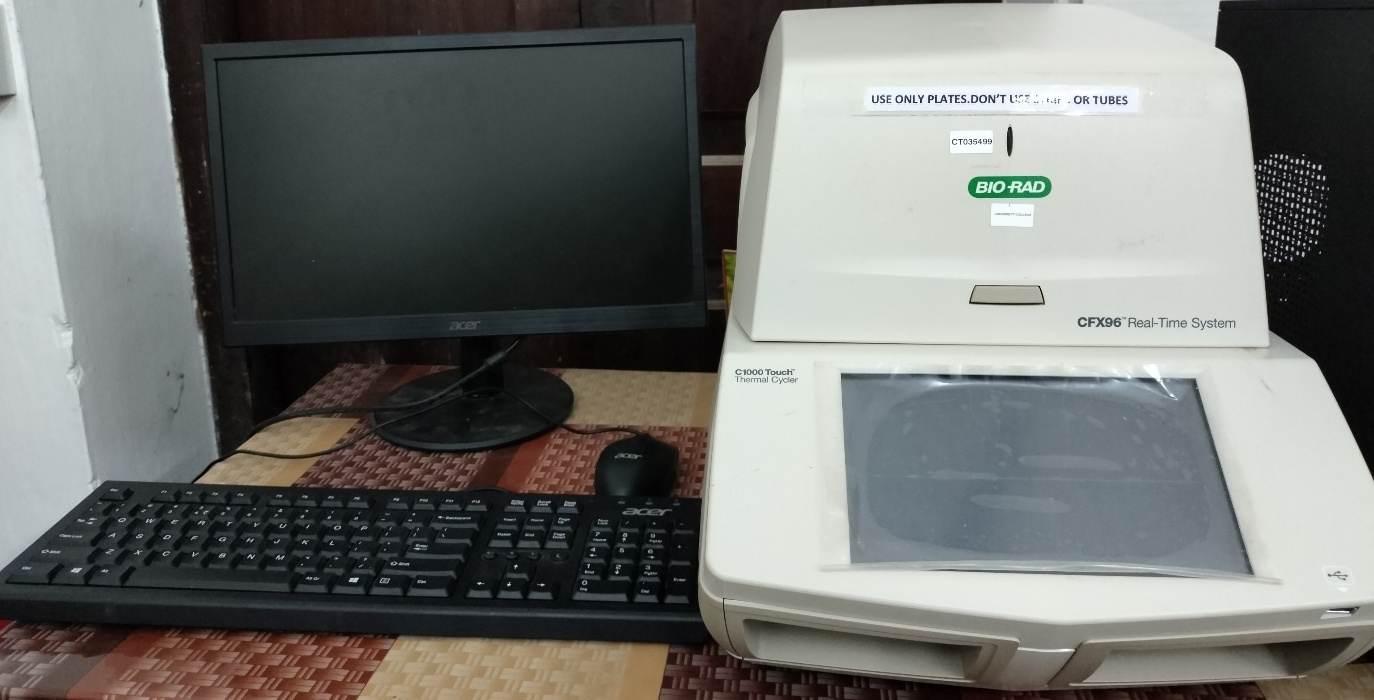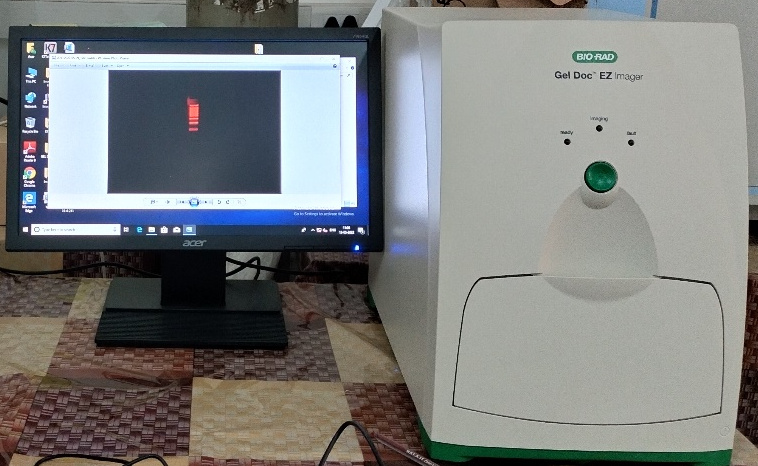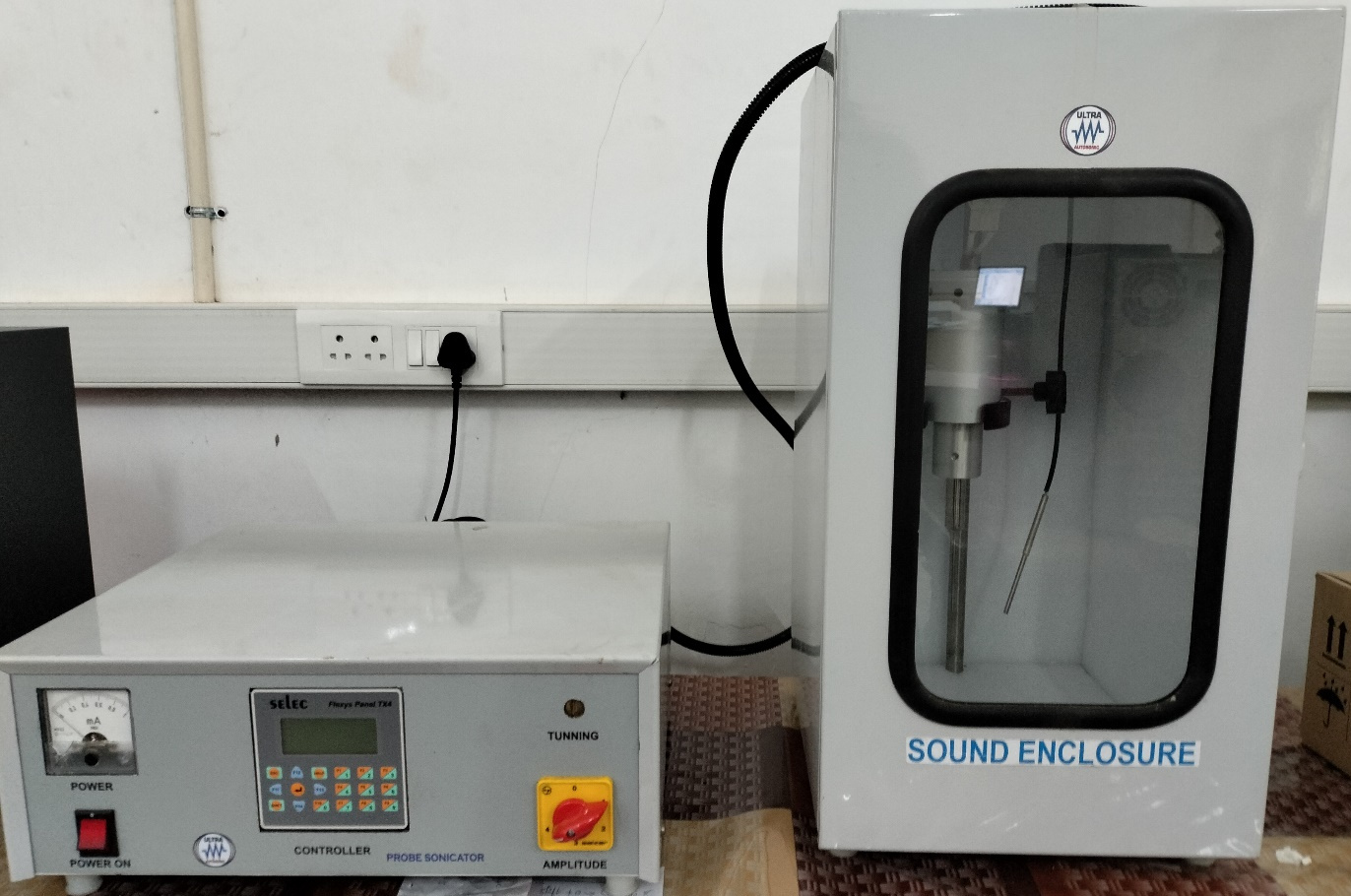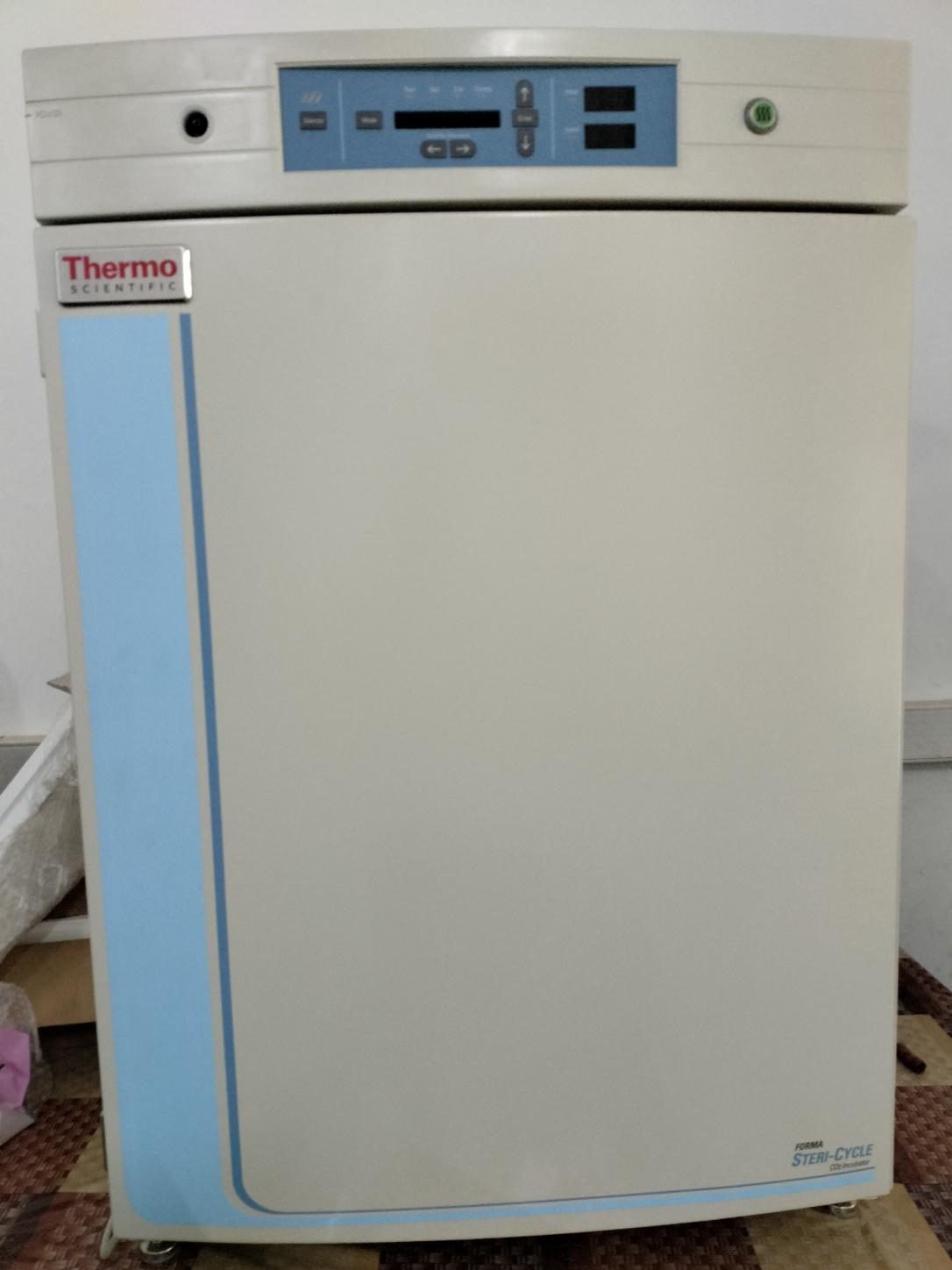Sophisticated Analytical Instrument Facility
[Centre for Interdisciplinary Research in Sciences -Central Instrument Facility]
Various sophisticated instruments purchased under different schemes are housed centrally for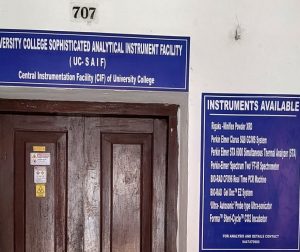 easy use of researchers and students of different Departments of the college. The facility provides testing facility for Ph.D, M.Phil, MSc and B.Sc students of the college. The main intention of the Government behind setting up of this facility is to provide students in Science discipline, acquaintance with such sophisticated instruments enriching their education. A four storeyed building is coming up in the campus to make room for the facility. Presently the instruments are housed in a temporary facility in the campus.
easy use of researchers and students of different Departments of the college. The facility provides testing facility for Ph.D, M.Phil, MSc and B.Sc students of the college. The main intention of the Government behind setting up of this facility is to provide students in Science discipline, acquaintance with such sophisticated instruments enriching their education. A four storeyed building is coming up in the campus to make room for the facility. Presently the instruments are housed in a temporary facility in the campus.
Following is a list of instruments in the centralized facility
- Rigaku –Miniflex Powder XRD
- Perkin Elmer Clarus SQ8 GC/MS System
- Perkin Elmer STA 6000 Simultaneous Thermal Analyzer (STA)
- Perkin-Elmer ‘Spectrum Two’ FT-IR Spectrometer
- Biorad CFX96 Real Time PCR Machine
- Bio-Rad Gel Doc™ EZ System
- ‘Ultra- Autosonic’ Probe type Ultra-sonicator
- Forma™ Steri-Cycle™ CO2 Incubator
Rigaku –Miniflex Powder XRD
MiniFlex benchtop X-ray diffractometer is a multipurpose powder diffraction analytical instrument that can determine: crystalline phase identification (phase ID) and quantification, percent (%) crystallinity, crystallite size and strain, lattice parameter refinement, Rietveld refinement, and molecular structure. It is widely used in research, especially in material science and chemistry, as well as in industry for research and quality control.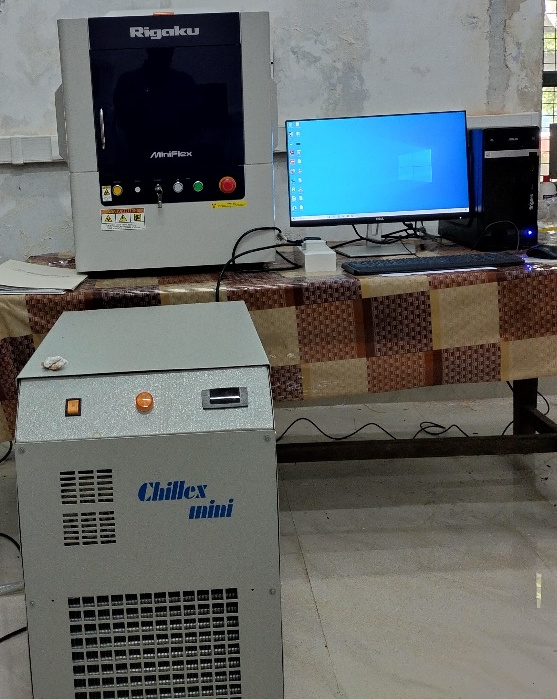
Perkin Elmer Clarus SQ8 GC/MS System
Gas chromatography–mass spectrometry (GC-MS) is an analytical method that combines the features of gas-chromatography and mass spectrometry to identify different substances within a test sample. Applications of GC-MS include drug detection, fire investigation, environmental analysis, explosives investigation, and identification of unknown volatile samples. It can identify trace volatile elements in materials that were previously thought to have disintegrated beyond identification. Like liquid chromatography–mass spectrometry, it allows analysis and detection even of tiny amounts of a substance. GC-MS has been regarded as a “gold standard” for forensic substance identification because it is used to perform a 100% specific test, which positively identifies the presence of a particular substance. It was purchased under the RUSA scheme.
Perkin Elmer STA 6000 Simultaneous Thermal Analyzer (STA)
STA is a simultaneous technique that determines the weight change of a sample (TG) and measures the change in temperature between a sample and the reference as a function of temperature and/or time (DTA). The STA 6000 combines the high flexibility of the differential analysis feature (DTA, DSC) with the proven capabilities of the thermo-gravimetric (TG) measurement technology to provide highly reliable characterization information.
Perkin-Elmer ‘Spectrum Two’ FT-IR Spectrometer
Fourier-transform infrared spectroscopy (FTIR) is a technique used to obtain an infrared spectrum of absorption or emission of a solid, liquid or gas. An FTIR spectrometer simultaneously collects high-resolution spectral data over a wide spectral range. This confers a significant advantage over a dispersive spectrometer, which measures intensity over a narrow range of wavelengths at a time. FTIR can be used as a research tool and an identification tool for identifying unknown, but pure substances.
Biorad CFX96 Real Time PCR Machine
The CFX96 Touch System is a powerful, precise, and flexible real-time PCR detection system. This six-channel (five colors and one FRET channel) real-time PCR instrument combines advanced optical technology with precise temperature control to deliver sensitive, reliable detection for singlex-plex or multiplex reactions.
Quickly set up runs and monitor amplification traces in real time on the integrated LCD touch screen, or can be done by using the included CFX Maestro Software to easily and intuitively design experiment and analyze results from a connected computer. With up to five-target detection, unsurpassed thermal cycler performance, unrivaled stand-alone functionality, and powerful yet easy-to-use software, the CFX96 Touch System is designed to advance qPCR.
During the initial time of Covid-19 situation in the state, there was a shortage of RT-PCR machines in the state and this instrument was sent to NIV Alappuzha for RT-PCR testing of samples and was in use there for about 2 years.
Bio-Rad Gel Doc™ EZ System
The Gel Doc EZ is a compact and automated imaging system for obtaining publication-quality images and analyzed results with just a push of a button.
The system provides unparalleled flexibility with the use of four application-specific trays, which include a UV tray (for ethidium bromide staining of DNA gels and fluorescence imaging), a white tray (for Coomassie, copper, silver, and zinc stains), a blue tray (for nucleic acid applications that use SYBR® stains), and a stain-free tray for stain-free imaging.
The intuitive Image Lab™ software has capabilities such as auto image capture, auto analysis, user preferences, and other features, making imaging and analysis easy.
‘Ultra- Autosonic’ Probe type Ultra-sonicator
The instrument comprises an ultrasonic generator that is used for producing High Frequency Electrical Energy (HFEE). These device generally operate at frequency of 20KHZ and Ultrasonic Power of 120W. Typical applications include sample preparation, cell lysing, disaggregation, homogenization, particle size reduction, soil testing, and acceleration of chemical reactions. Vibrations from the probe form millions of microscopic bubbles (cavities) that expand and implode violently. This phenomenon, called cavitations, produces powerful shearing action at the probe tip and causes the molecules in the liquid to become intensely agitated resulting in peeling and decreasing of size.
Forma™ Steri-Cycle™ CO2 Incubator
CO2 incubators are sealed, climate-controlled boxes used in life science laboratories to grow biological cell cultures. ( 7.4 pH neutral; 98.6°F (37°C) ; > 90% relative humidity. )
These three numbers create the optimal conditions for biological cell growth.
In order to culture cells under optimum conditions, the media they grow in needs to stay at neutral pH (around pH 7). The H2O in the cells can be turned into a carbonic acid (H2CO3) buffer by adding additional CO2. The combination of H2O and CO2 results in bicarbonate (HCO3-) and H2CO3 which keeps the pH neutral, and therefore has been found to affect the growth of biological cells the least.
In other words, by adding additional CO2 at the right level you prevent the pH inside the cells from becoming either alkaline or acidic, which both inhibit cell growth. The instrument is used to provide such conditions.

